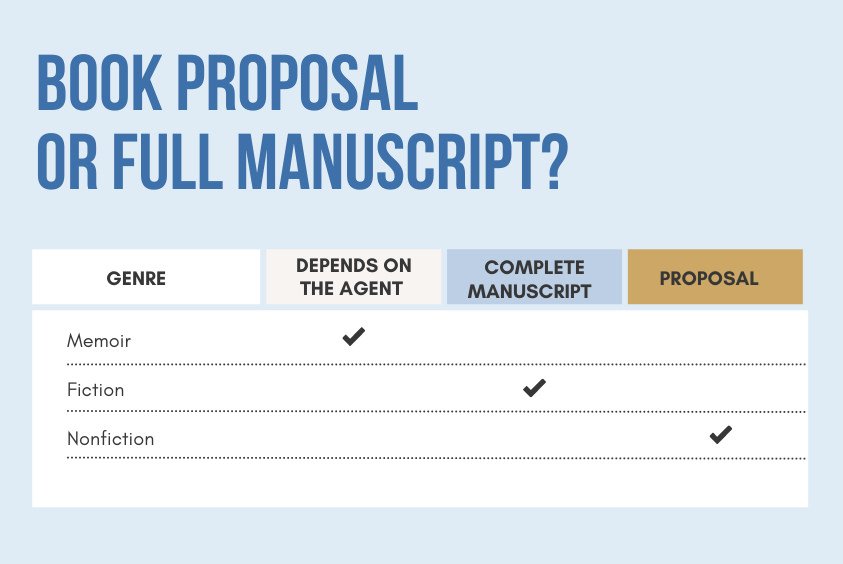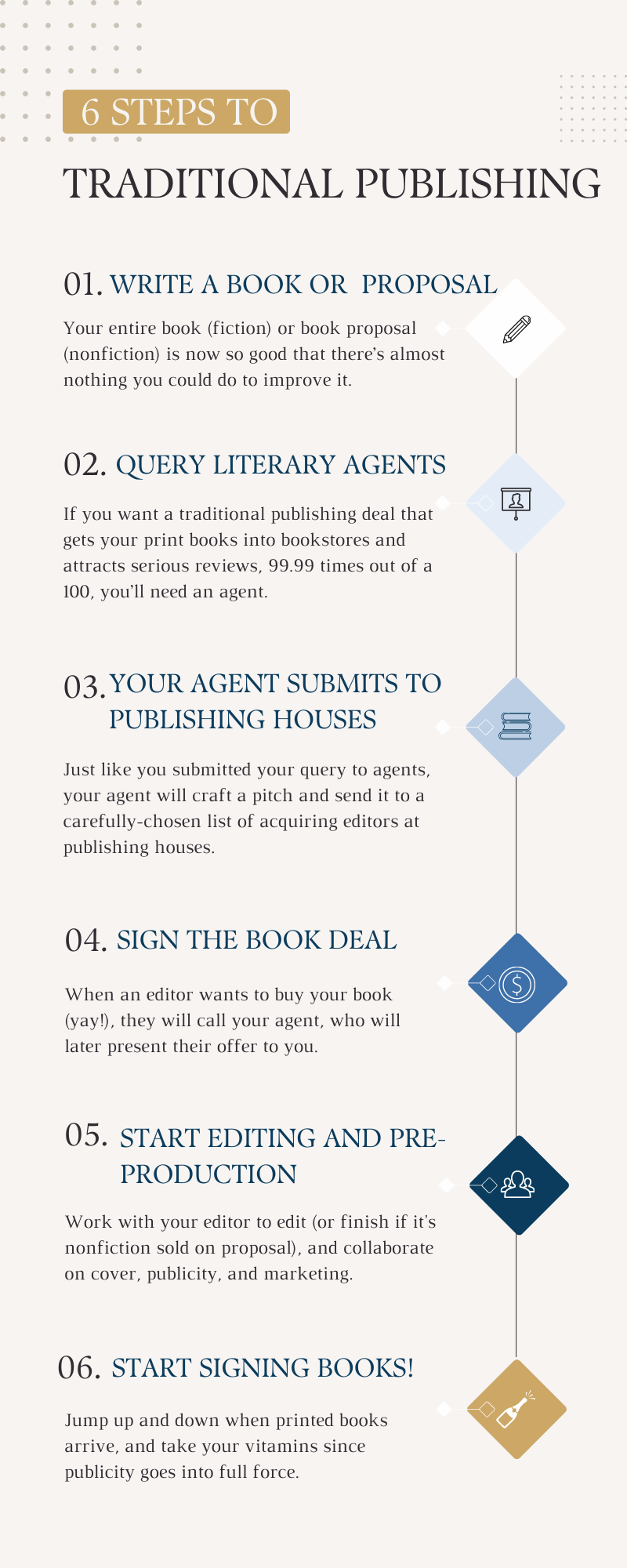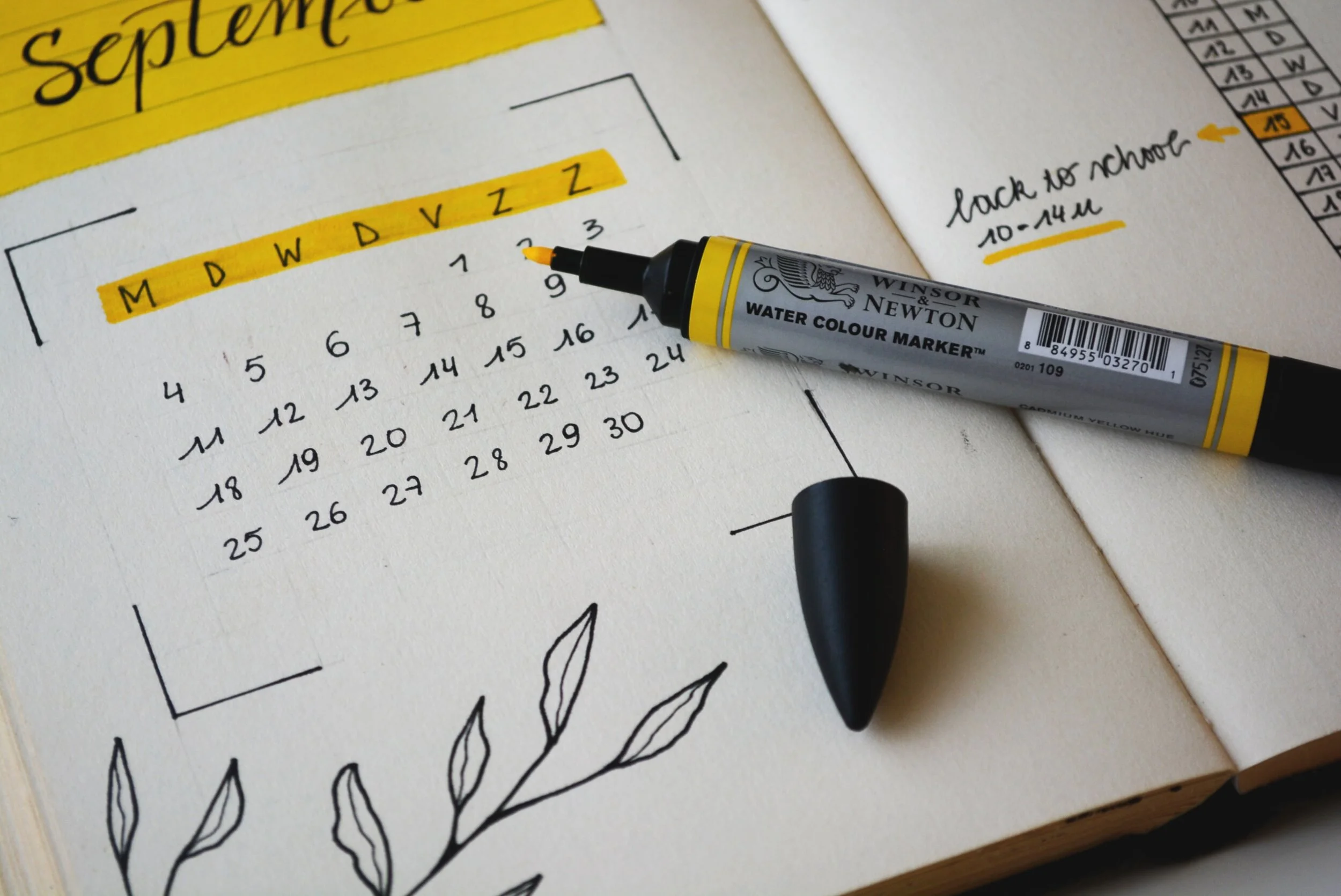How to Get a Book Published: 6 Steps to Traditional Publishing
As I’m sure you’re aware, the path to getting a book into bookstores is not easy, but it is straightforward. I’ll go over the ins and outs from literary agents to advances, editors to proofreaders, marketing to publicity.
How to Get Your Book Published Traditionally
First, a quick outline of the process, click to jump to any section:
1. Finish and polish your book or proposal
3. Your agent pitches publishers
5. Start editing and pre-publication business
6. Start signing your book in bookstores!
Note: This is a guide to traditional publishing. If you’re also considering self-publishing and want to compare the process, costs, earnings, and other pros and cons check out my post Self Publishing vs Traditional Publishing: A Stone-Cold Sober Analysis.
I tried to cut out all hype and all judgment and just give you the facts because we have enough opinion on that, right?!
Step 1: Finish and polish your book or proposal
What do I mean by finish? I don’t just mean you’ve typed “The End.” I mean you’ve revised and polished to the best possible version you can imagine. Your book is now so good that there’s almost nothing you could do to improve it. If you’re thinking it needs work but that agents will see through to your genius and fix the manuscript for you, you’re not ready. (More on this in step two.)
FICTION
A lot of people email asking if they can get an agent or publisher with a proposal. I’m with you — man, it would save so much time! Unfortunately, until you’re a well-known author with successful books under your belt, you’ll need a finished manuscript before you go to agents or publishing houses.
The good news is that you have the time and privacy to get the book right before anyone sees it, unlike the pressure your non-fiction colleagues might feel after selling a book and then having to deliver.
NON-FICTION
For non-fiction, instead of finishing and polishing the whole book, you’ll write a proposal and pitch agents with that. The proposal should include an overview, author biography/platform, comparative titles, target audience, marketing and publicity plan, chapter outline, and sample chapters. Learn all about book proposals with this post.
MEMOIR
Oh, memoirists, you’re probably going to hate this. Memoir is a bit of a gray area between fiction and non-fiction. Some agents want to see the full manuscript. Others want to see a proposal. And believe it or not, some want to see both.
So yes, you’ve got your work cut out for you here. You could complete both, or you could first try your luck with the agents who only want one or the other. The only problem with the latter approach is that your best agent might be in the group who wants what you don’t have.
I can’t tell you what to do, but my thoughts are that if you have an urgent and timely memoir that relates to something in the news, pitch on proposal. If your story is more evergreen, it probably makes sense to finish the whole thing and write a proposal, too. It’s more work, but it’ll help you make the book stronger.
Step 2. Query Literary Agents
If you want a traditional publishing deal that gets your print books into bookstores and attracts serious reviews, 99.99 times out of a 100, you’ll need an agent.
It’s true that some publishers don’t require an agent — Harlequin for romance and some small or university presses who publish literary fiction. That said, it can be helpful to use an agent anyway. First, the relationships they have with acquiring editors can maximize your chance of being noticed, and second, they can help you negotiate a better contract.
Your agent won’t charge you anything up front, but they will later take 15% of your proceeds. It’s kind of like a real estate agent getting a commission or an attorney representing a client on contingency. Before you worry about giving up 15%, remember that if they can’t sell your book, no matter how much effort they put in, they don’t see a penny.
HOW TO QUERY AGENTS
Identify how your book fits into the publishing world
Find agents that are looking for books just like yours
Refine your list of target agents
Write personalized query letters
Send your queries in batches so you can see what’s working before you go through every agent.
Follow up (Don’t skip this step!)
Fingers crossed, you’ll get some offers of representation. Ideally, you’ve only pitched agents who are looking for books like yours and have a track record of selling them. (If you don’t know how to do that, check out this post to maximize your chances of getting an offer in the first place.) If after reading your full manuscript, they want to make an offer, they’ll call you. You guys will discuss things like what drew them to the book, how they imagine getting it published, and what revisions they’re expecting.
At this point, your job isn’t to sell the book. They’ve already read it and know what they’re getting. It’s to determine if this feels like the right match— your personalities don’t clash, you feel you can trust them, and you have a similar vision for how the book will be revised, published, and marketed.
If, for example, the revisions they’re suggesting would turn it into a book you wouldn’t be excited about or proud of, it’s a bad fit. Don’t say you’re open to their interpretation of the story if you’re not.
To read more of my advice on who to sign with, check out my post What to Look For in a Good Literary Agent.
A quick rundown of the strategy I teach my clients.
For more on pitching literary agents, check out these posts:
Step 3. Try to relax while your agent submits your book to publishing houses
Just like you submitted your query to agents, your agent will craft a pitch and send it to a carefully-chosen list of acquiring editors at publishing houses. Ideally, they know what these editors like and already have a relationship with them. The better fits they send, the more likely an editor is to check out the agent’s pitch.
When I refer to publishing houses, this could be one of the “Big 5” — Penguin/Random House, Hachette Book Group, Harper Collins, Simon and Schuster, Macmillan — or a smaller press like Algonquin or Counterpoint or Seal, or one of the many university presses.
A note about imprints. These are divisions within a publishing house. Each imprint publishes different types of books. For example, Macmillan has several imprints, including St. Martin’s Press, Tor/Forge, and Farrar, Straus & Giroux.
Likewise, under the Simon and Schuster umbrella, you’ll also find Scribner, Touchstone, Atria, and many others.
Each of these imprints has a team of editors who acquire new books and then work to bring the book to bookstores. They work with the author to make the story as strong as it can possibly be. Like a project manager, they also shepherd the book through each phase of pre-publication from proofing to cover designer to marketing and publicity to distribution.
Your big task here is to be patient and keep sane. I don’t know anyone who enjoys this process, but I know those who check their email every five minutes, constantly nag their agents, or stalk editors on social media, end up worse for wear. You’re not going to feel chill, but do whatever you can to stay distracted.
How long does it take to get a book deal after you go “on submission,” as that waiting period is called?
Oh boy. This varies so much there’s no way to even ballpark it. I’ve had friends whose books were submitted on a Friday and sold at auction on Monday. For others, like me, it has taken many, many months. One of the reasons it can take so long is that your agent will probably pitch editors in batches (just like the way I suggest you pitch agents). So if no one in the first batch ultimately offers to buy the book, they can revise their pitch or you can revise the book (or both) before trying again.
That’s how it worked for me. My agent sent to a handful of editors, and although we had some very close moments, and I spoke with semi-interested editors, it was clear I would need to make changes before anyone was ready to buy.
Why does it have to be so hard, you ask? Because editors can only spend time and money on a few books each year, so they have to choose very carefully. They need to love, love, love it so much they’re willing to spend the next year or two of their life on it and they need to convince the sales and marketing departments that the book will make money.
Step 4. Sign the book deal
When an editor wants to buy your book (yay!), they will call your agent, who will later present their offer to you.
He or she will tell you what the publisher is offering — the money they’ll pay you, the date of publication, and anything they see as a pro or con for going with that publisher. Then you’ll usually meet with the editor or speak on the phone. You’ll discuss revisions to make sure you’re both on the same page (just like when you met your agent), and then after circling back with your agent, he or she will either accept or reject the offer for you or negotiate for a better contract or advance.
Publishing contract details
THE CONTRACT
If you decide you want to accept the offer, you’ll tell your agent, who will then negotiate your contract — maybe get you more money, more control, or retain foreign or film rights, or anything else they see needs adjusting in the first contract.
THE ADVANCE
The advance on earnings, usually just called an “advance” for short, is how much the publishing house is going to pay you for the rights to publish your book. This could be anywhere from a couple of thousand dollars to multiple six figures. If it’s on the smaller end, you’ll usually get it all right away. If it’s on the larger end, you’ll probably get it in three or four installments. The first when you sign the deal, the second when you deliver the edited manuscript, the third on publication, and maybe a fourth farther down the road .
ROYALTIES
Royalties and earning out. Royalties are the money you will earn on each sale of the book. But, you won’t start getting those royalties until you “earn out” your advance. That means if your advance was $20,000, you won’t start getting paid royalties until what you would have earned in royalties reaches the $20,000 mark. It doesn’t mean you have to wait until the publisher has recouped all of the costs of editing, marketing, printing, and distributing your book…just your advance.
Step 5. Start editing (or finish the book for non-fiction) and start pre-production
The Editorial Letter: This is pretty straightforward. After your contract is signed, your editor will send you an editorial letter that covers all of the areas they see for improvement, along with a marked-up manuscript with line notes on sentence or word-level changes they suggest. You’ll likely talk on the phone to go over these things as well.
Then you’ll dig into their notes and take the book to the next level (or finish it for non-fiction). You may not agree with every suggestion your editor makes. You can talk those out, find another way to solve a problem, or in some cases, choose to keep something as is if it’s not crucial. Ideally, you have a good working relationship and see eye to eye on the larger concepts.
This may take more than one round, especially with non-fiction that was sold on proposal
The Pre-production process
So many things happen here. It may feel like a whirlwind, but your editor remains your point-of-contact, and the project manager for the rest of the team.
Your agent will also be involved, so if you and your editor have differences of opinion, your agent will step in and negotiate on your behalf.
YOUR COVER
Your editor will ask you for cover ideas, and then when the design team has sample covers, you’ll be asked to approve them, though ultimately the publisher will make the final decision. It’s entirely possible you won’t like your cover, which sucks. That almost happened to me when St. Martin’s sent over some ideas that were so heinous I considered taking my name off the book. No joke! Thank god my brilliant agent was able to press for something better, and ultimately I ended up with one I love.
MARKETING & PUBLICITY
You’ll talk with marketing and publicity so everyone is working from the same plan. You’ll ask for blurbs from other authors with similar books, and they’ll do the same.
The publisher will put your book in their catalog, and the sales team will start selling to bookstores. Sales pages will also soon start going up on online bookstores and on Amazon and Bookshop.org for pre-orders.
COPYEDITING
You’ll get marked up-pages from the copyeditor and go through all kinds of small changes from punctuation to barely-noticeable inconsistencies. If you’re writing non-fiction, your facts will be checked. The legal department will also review any potential liabilities.
ADVANCED READER COPIES
ARCS will be printed, and you’ll see your book in print for the first time. These copies aren’t as polished as the ones that will ultimately go in bookstores. There will probably still be typos or mistakes in the text, the paper will be cheaper, and the spine won’t be designed, but it’ll still be super cool to hold it in your hands for the first time!
The publicity department will send these ARCS along with net-galleys to reviewers, who will hopefully start reviewing your book. Your publicist will also start lining you up for eventual bookstore events and interviews.
The book will be typeset and nearly ready for printing, but first they’ll go through final proofreading.
PROOFREADING
The proofreader will look for formatting issues like widows and orphans or problems with headings and page numbers, along with anything the copyeditor might have missed. Then they’ll ask you to approve the changes.
Step 6. Start signing books!
In the last month before publication, the publisher will send you a box of books! For anyone of a certain age, this is our triumphant George McFly moment. Jump up and down when printed books arrive, and take your vitamins since publicity goes into full force.
This is when you’ll also start doing interviews for magazines, blogs, podcasts, TV, radio, and anything else your publicist may have been able to land.
Reviews will start coming in, but you probably won’t want to read them!
If you do, remember how subjective this is. Just like how you may love a book that your best friend despises, you’ll probably get reviews that swing wildly between positive and negative. I once made the mistake of reading the bad Goodreads reviews of my book. One person complained the book was just light chick lit, while another said it was so depressing she wanted to kill herself. Maybe that means I got it just right?!













